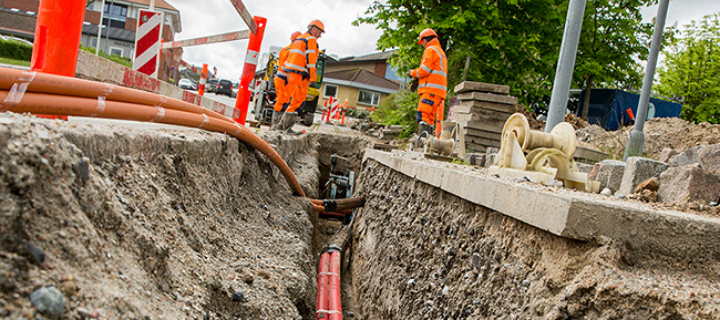Vattenfall eyes district heating opportunity in Germany
Vattenfall is strategizing the development of district heat networks in Germany to take into account the continuing growth of urban areas in the country.
The Swedish firm believes its strategy is a good fit for policy emanating from Brussels favouring environmentally friendly heat networks, which are successfully cutting emissions from power generation.
With one third of all electricity produced in Germany already coming from renewables, the country is next looking to reform residential heating, which accounts for 40 percent of energy-derived carbon dioxide emissions, Vattenfall says in a pressreales01.
Vattenfall’s Germany chief Tuomo Hatakka said strong urban growth would raise its district heating customer numbers in Berlin and Hamburg by 25 percent up to 2025 from 1.7 million now.
Vattenfall’s Berlin and Hamburg district heating systems account for 20 and 30 percent of district heating in the two cities respectively and are among the biggest in Europe.
Berlin has added around 15,000 apartments and attracted 40,000 new residents annually in recent years amid a boom in the technology and healthcare industries.
“In Berlin, we could reach 50 percent district heat,” Vattenfall’s Germany chief Tuomo Hatakka told Reuters.
District heating accounts for just 9 percent of space and hot water heating in the European Union. Last year the European Commission published a strategy paper for heating and cooling – which account for around 40 percent of EU energy consumption – that aims to boost district heating and renewable energy use.
Over the next five years Vattenfall, one of Europe’s largest heat providers, plans to invest two billion euros ($2.35 billion) in Berlin, half of that in district heating systems.
Vattenfall’s CHP plants in Berlin will gradually switch from coal to gas, and eventually they will use surplus electricity from wind turbines.
The company also plans to channel more waste heat from industry to its district heating plants.
Source: Decentralised Energy




